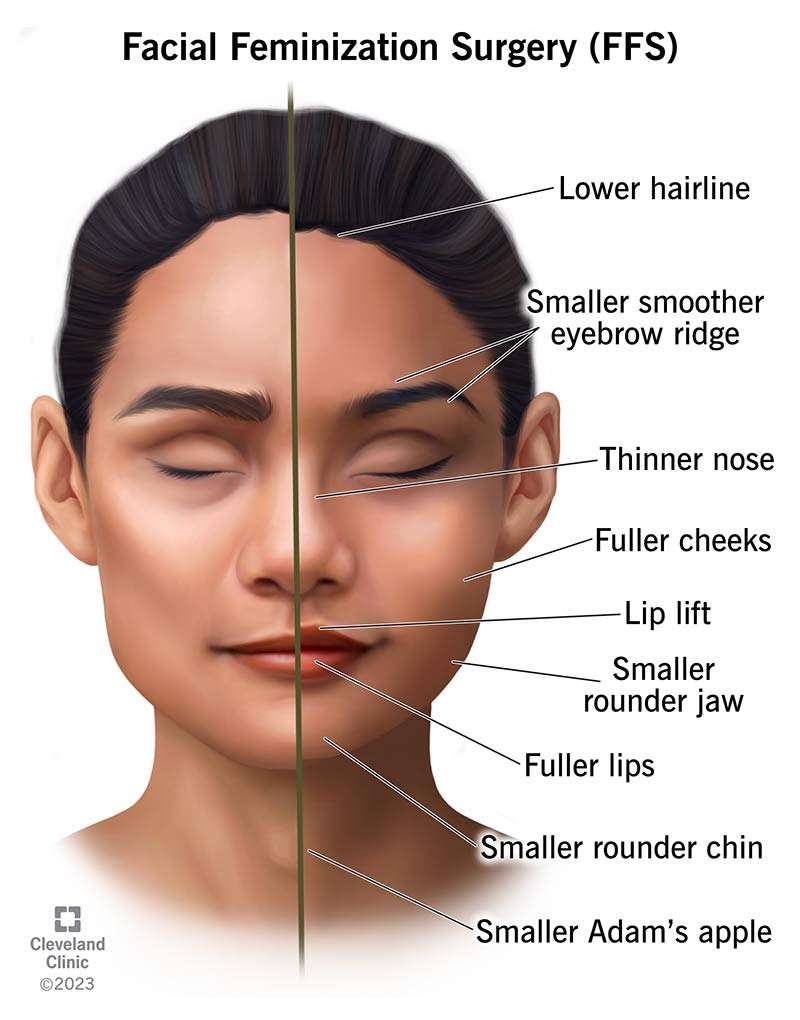Modern Technology Changing Facial Reconstruction Recovery

Facial reconstruction surgery has entered a new era of precision and patient comfort. With advanced imaging, surgical planning software, and improved materials, recovery times are shorter, and results are more predictable. Patients now experience less discomfort, faster healing, and improved cosmetic outcomes. These innovations are transforming how surgeons approach complex procedures, helping restore both form and function more efficiently than ever before.
How 3D Imaging Revolutionizes Oral Surgery Planning
Three-dimensional imaging has become a cornerstone of modern surgical planning. It provides specialists with a clear, detailed view of bones, tissues, and surrounding structures, which helps them plan the most effective and minimally invasive approach. Technologies such as Cone Beam Computed Tomography (CBCT) deliver accurate visualizations that support better outcomes.
Choosing the Right Specialist
Selecting an experienced oral surgeon in Altamonte Springs, FL ensures access to these technologies and modern techniques. Surgeons who use advanced 3D planning can map surgical paths, identify potential complications, and predict recovery needs before any procedure begins. This approach not only enhances surgical accuracy but also provides reassurance to patients seeking detailed preoperative insight.
The Role of Digital Planning
Digital platforms now allow surgeons to simulate every step of a procedure. This includes mapping incision points, evaluating bone structures, and positioning implants virtually. By visualizing these factors ahead of time, surgeons can reduce operative risk and ensure that recovery is smoother and more comfortable for the patient.
Digital Impressions vs. Traditional Methods
Traditional impressions once required patients to bite into thick materials to create molds of the mouth—an uncomfortable and often imprecise process. Digital scanning has replaced that approach, creating 3D images that are more accurate and efficient.
How Digital Scans Improve Precision
Digital scans capture intricate details of the mouth, eliminating the inaccuracies that can arise from manual impressions. They also speed up communication between clinics and dental labs, allowing treatment to proceed without delays. This enhanced precision ensures better-fitting prosthetics and restorations, improving both comfort and aesthetics after surgery.
Minimally Invasive Techniques Reducing Recovery Time
Technological advancements have made facial reconstruction far less invasive than in previous decades. Modern endoscopic tools require only small incisions, which reduce scarring and tissue trauma.
Improved Accuracy Through Guided Systems
Clinics offering services from an oral surgeon in Altamonte Springs, FL often use digitally guided systems for procedures such as implant placement. These tools enable surgeons to work with exceptional precision, aligning implants or bone grafts in a manner that mimics natural anatomy. This precision reduces post-surgical swelling and accelerates recovery times, enabling patients to return to their normal routines more quickly.
Piezoelectric Devices and Healing Benefits
Piezoelectric technology allows surgeons to work delicately with bone structures while minimizing impact on nerves and soft tissues. This approach contributes to reduced discomfort and promotes a quicker, safer recovery. Patients experience less pain, fewer complications, and greater confidence during the healing phase.
Advancements in Bone Regeneration
Regenerative technologies are another area reshaping facial reconstruction. Synthetic bone substitutes now provide alternatives to traditional grafting methods, minimizing discomfort and reducing the need for secondary surgical sites.
The Use of 3D-Printed Scaffolds
3D-printed scaffolds are designed using digital scans of the patient’s facial structure. These models fit perfectly into the surgical site, guiding new bone growth and supporting a more natural healing process. This tailored approach helps surgeons achieve optimal aesthetic and structural results.
Stem Cell Integration
When bone quality is limited, surgeons may use stem cells harvested from the patient’s own tissue to promote integration. This regenerative approach enhances bone healing while minimizing complications, offering a promising solution for complex reconstruction cases.
Modern Anesthesia and Pain Management Protocols
Comfort and safety remain top priorities in oral and facial surgery. Modern anesthesia systems now deliver precise doses with computer-guided accuracy, helping reduce discomfort during and after treatment.
Long-Acting and Multimodal Pain Control
Long-acting local anesthetics extend pain relief well beyond the procedure, decreasing the need for stronger medications. In addition, multimodal pain management combines non-opioid medications to control discomfort effectively without undesirable side effects.
Safety Through Technology
New anesthesia monitoring systems track patient vitals throughout the procedure, improving safety and providing real-time feedback to the surgical team. These systems ensure that patients remain comfortable and stable during even the most complex operations.
Post-Surgical Monitoring Through Telemedicine
The recovery process no longer requires constant in-person check-ins. Telemedicine platforms now allow patients to connect with their surgical teams remotely.
Advantages of Digital Follow-Ups
Patients can share images, progress updates, and concerns from home through secure online systems. Surgeons can assess healing, provide timely feedback, and make any necessary adjustments without requiring office visits. This convenience supports both peace of mind and practical recovery management.
Smart Reminders and Recovery Tools
Many practices now use app-based reminders that guide patients through medication schedules, wound care, and activity limitations. These digital aids help ensure compliance and smoother recovery results.
Patient Education Through Augmented Reality
Technology is not only improving surgical outcomes but also enhancing patient understanding. Augmented reality (AR) tools allow patients to visualize their recovery process in a realistic, step-by-step format.
Using AR for Better Patient Engagement
Interactive 3D visuals show how swelling, bruising, and tissue regeneration progress over time, helping patients set accurate expectations. Visual demonstrations of home care routines improve confidence and compliance with post-surgical instructions.
The Future of Patient Learning
As AR continues to evolve, it is expected to play a larger role in educating patients about facial reconstruction procedures. This interactive approach strengthens trust and engagement between patients and their surgical teams.
Take the Next Step Toward Advanced Facial Reconstruction Care
The evolution of facial reconstruction technology has transformed both surgical precision and recovery experiences. Patients today can benefit from digital imaging, guided surgical systems, and advanced pain management techniques that make every stage of care more efficient and comfortable. For those considering reconstruction or related procedures, consulting a qualified oral surgeon in Altamonte Springs, FL ensures access to these state-of-the-art innovations. Schedule a consultation to explore personalized solutions that support a confident recovery and lasting results.



